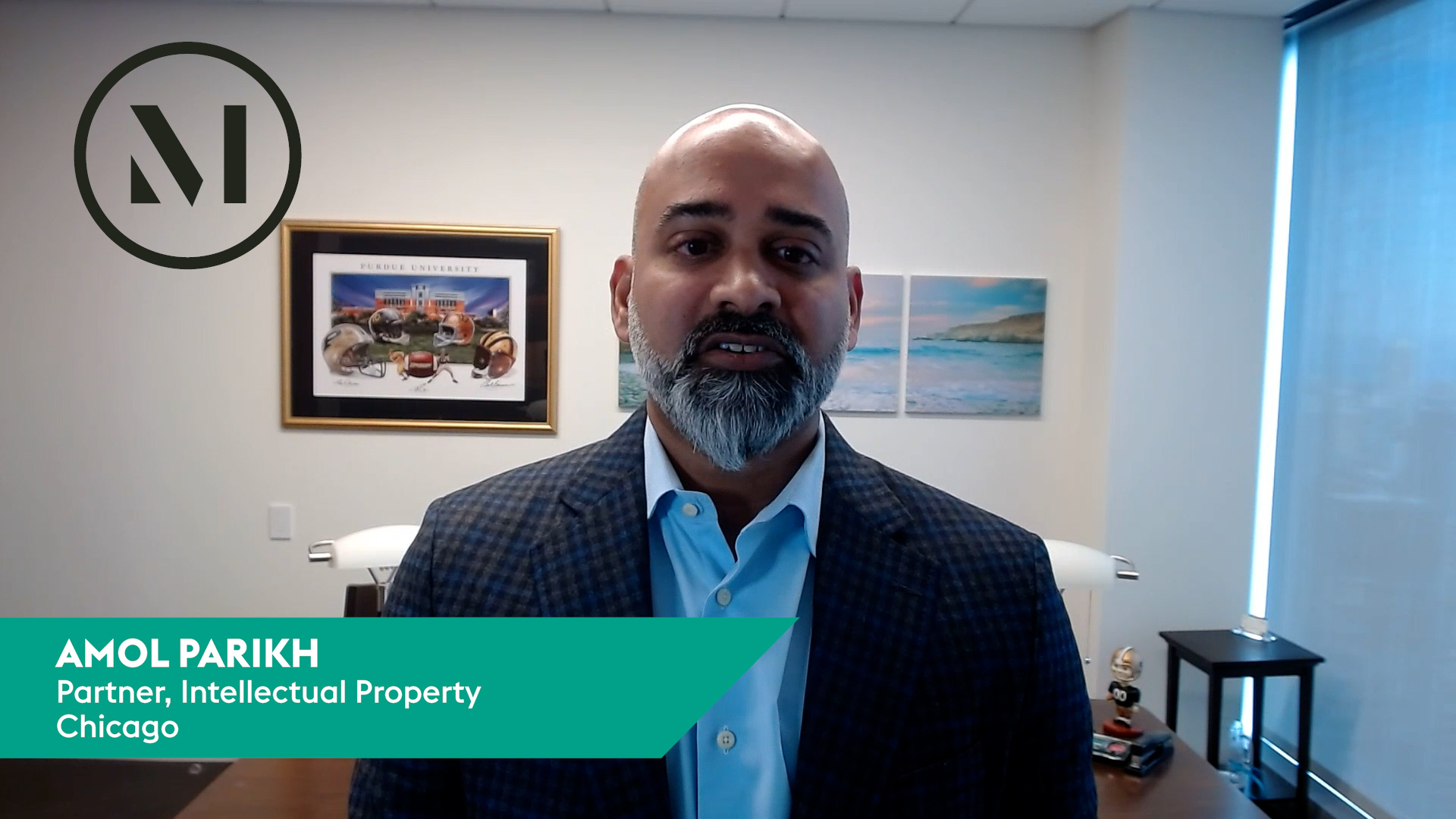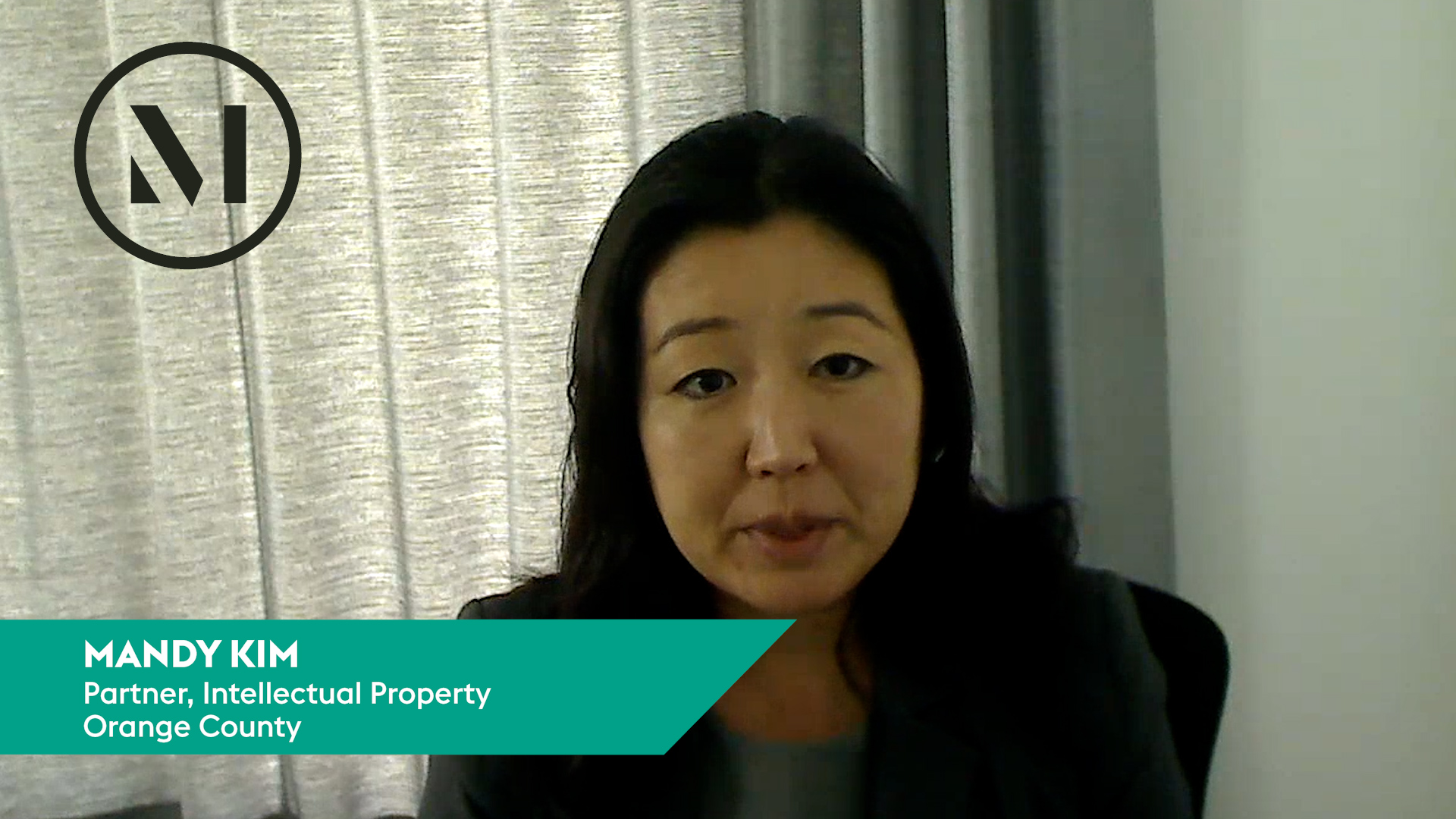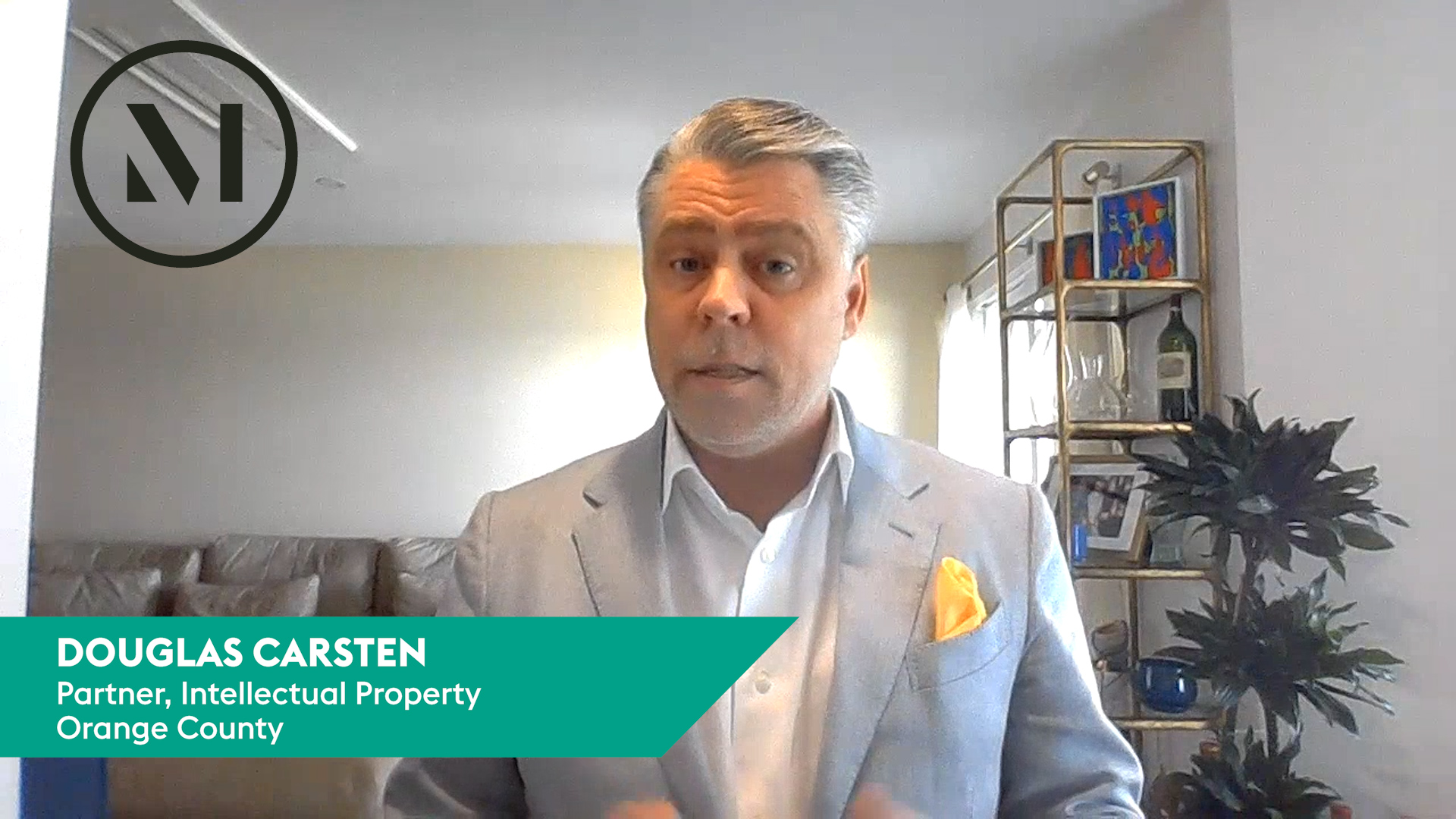Considering whether the US Patent & Trademark Office (PTO) Director must complete review of the Patent Trial & Appeal Board’s (Board) inter partes review (IPR) decision within the statutory deadline for a final written decision, the US Court of Appeals for the Federal Circuit concluded that the statute imposes no such requirement. CyWee Group Ltd. v. Google LLC et al., Case Nos. 20-1565, -1567 (Fed. Cir. Feb. 8, 2023) (Prost, Taranto, Chen, JJ.).
In 2018, Google filed two IPR petitions challenging certain claims of CyWee’s patents. The Board issued its final written decisions in January 2020, determining that all challenged claims were unpatentable for obviousness. CyWee appealed to the Federal Circuit in March 2020. In addition to challenging the patentability decision, CyWee challenged the appointment of Board administrative patent judges (APJs) as unconstitutional in view of the Appointments Clause. In March 2021, the Court affirmed the Board’s decisions and rejected CyWee’s constitutional challenge. The Court issued its mandate on June 10, 2020.
Eleven days later, the Supreme Court of the United States issued its decision in United States v. Arthrex, Inc., holding that APJs’ power to render final patentability decisions unreviewable by an accountable principal officer gave rise to an Appointments Clause violation but this violation could be remedied by, among other things, remanding to the acting PTO Director to decide to rehear the case. In response to a request from CyWee, the Federal Circuit recalled the mandate and remanded “for the limited purpose of allowing CyWee the opportunity to request Director rehearing of the final written decisions,” and required CyWee to inform the Court within 14 days of any decision denying rehearing. On remand, the Commissioner for Patents denied rehearing and ordered that the already-issued final written decisions were final decisions of the PTO. CyWee appealed.
CyWee contended that the post-Arthrex, mandated review by the PTO Director was untimely—and thus violative of due process—because the PTO Director did not have the ability to review the institution decision and final written decision within their respective three-month and one-year statutory deadlines. The Federal Circuit disagreed, calling CyWee’s contentions “meritless.” Rather, the Court found that because the PTO Director had permissibly delegated to the Commissioner for Patents authority to render institution and final decisions to the Board, those decisions were timely so long as the PTO Director’s delegees rendered them within the statutorily prescribed periods. By contrast, the PTO Director’s final review authority—a constitutional necessity born from Arthrex—has no similar statutory deadline.
CyWee also argued that the PTO Director’s later review was too late to satisfy a general requirement that the PTO Director consider the effect of regulations on the PTO’s ability to timely complete instituted IPRs. The Federal Circuit rejected this argument too, finding that even if the statute imposed a general timeliness requirement that was subject to judicial review, nothing about the process afforded to CyWee would have violated such a requirement.
With a different spin on the timeliness issue, CyWee also argued that the Board’s extension [...]
Continue Reading
read more

 Subscribe
Subscribe





